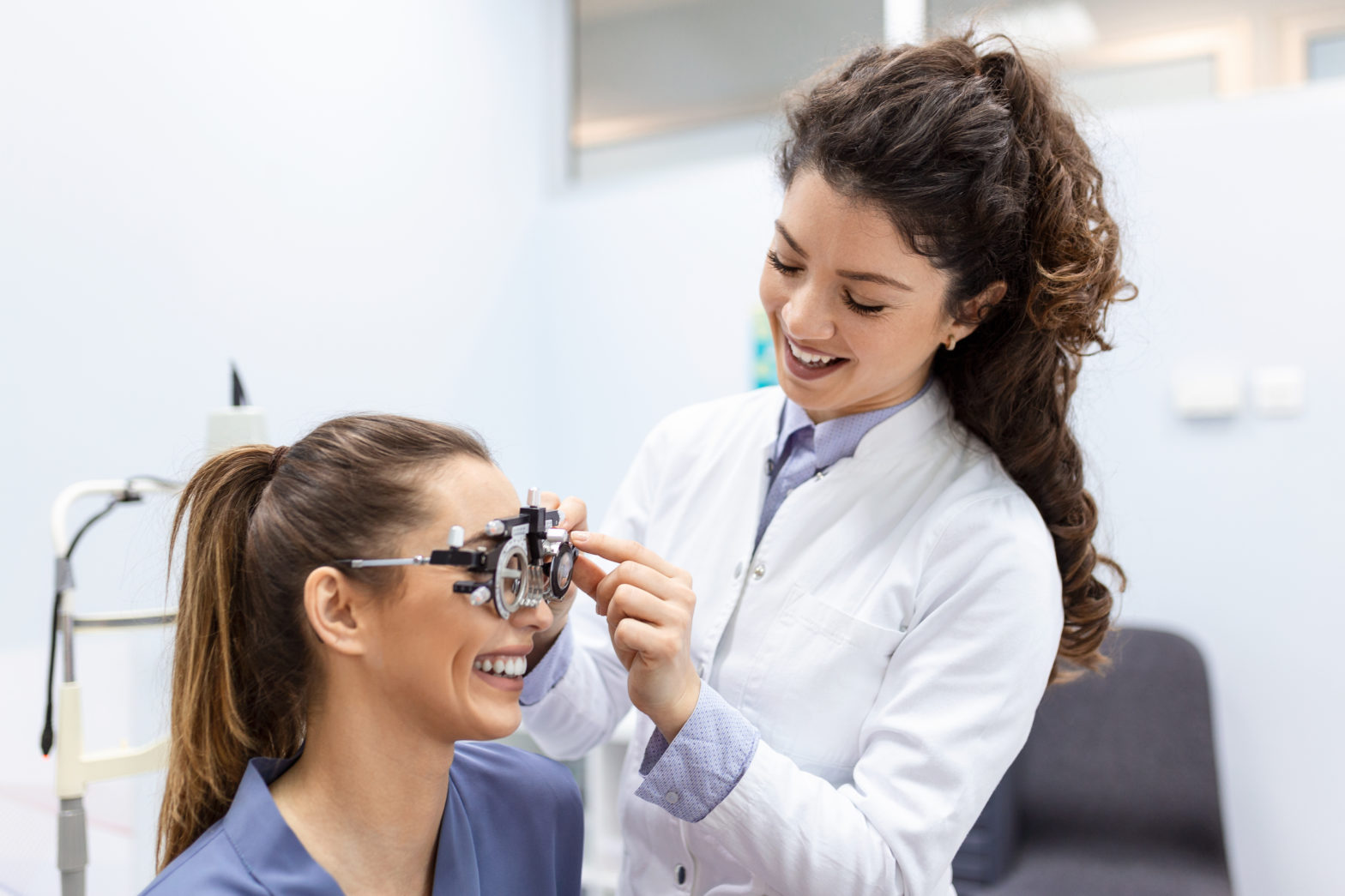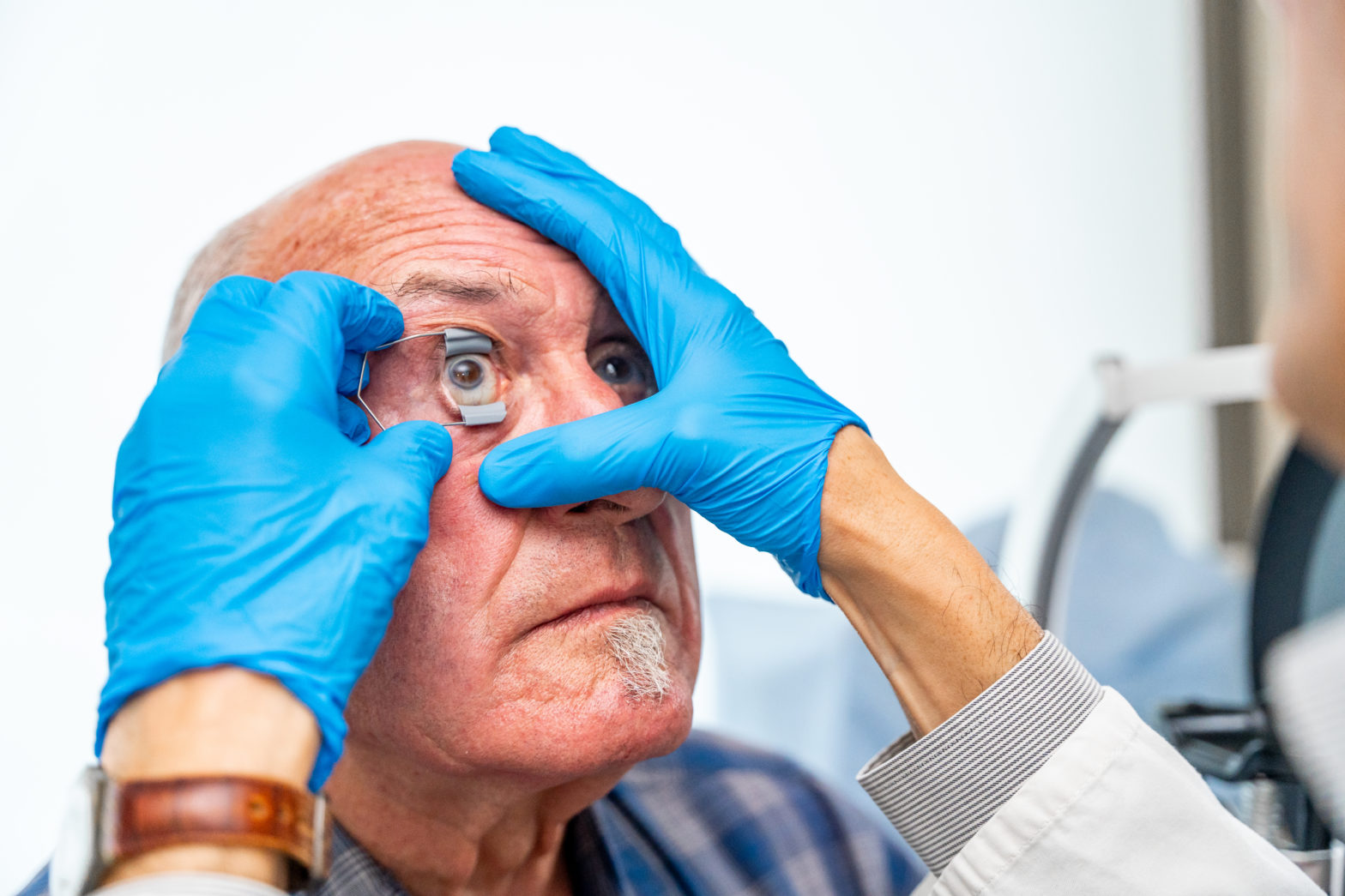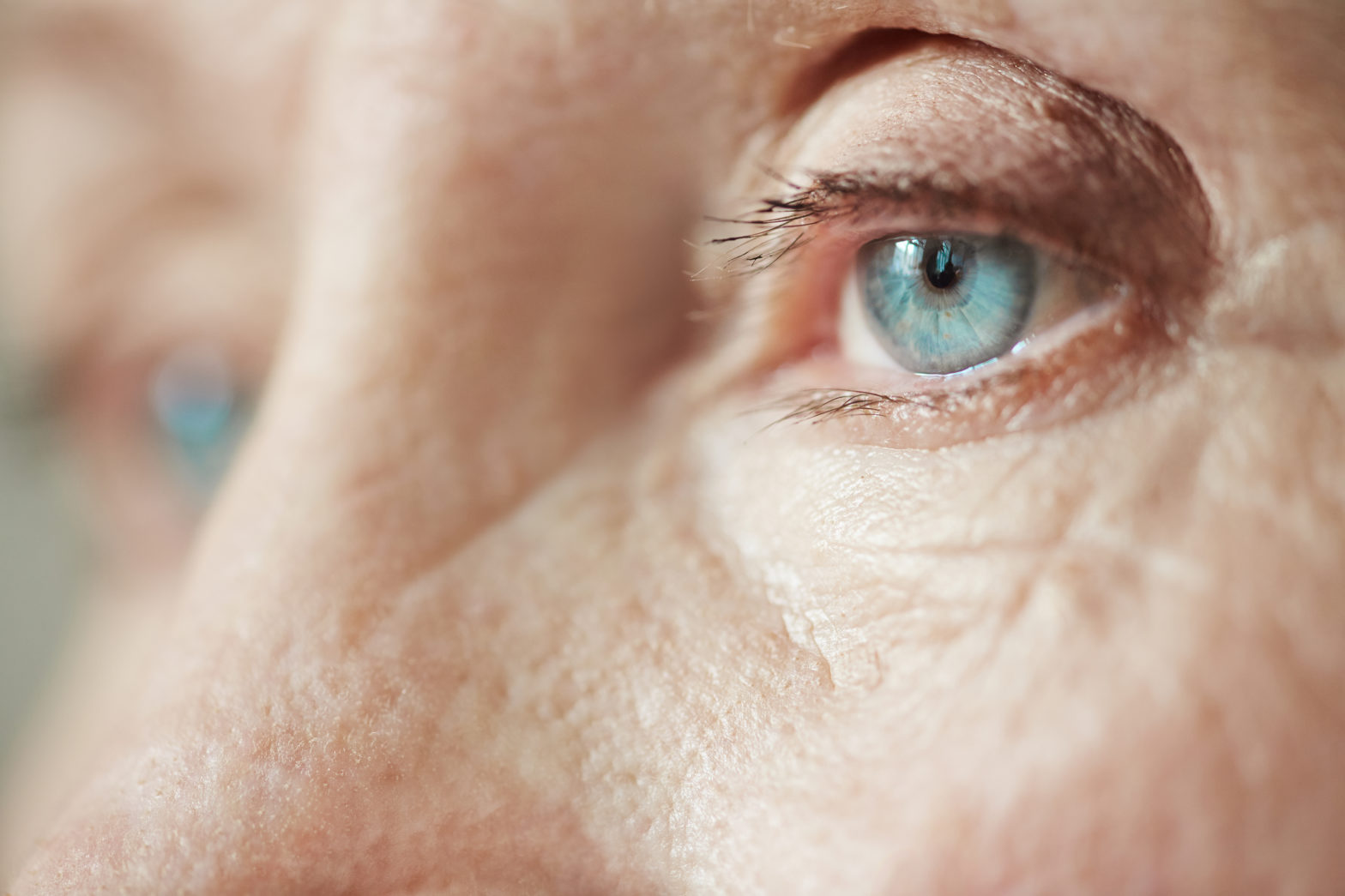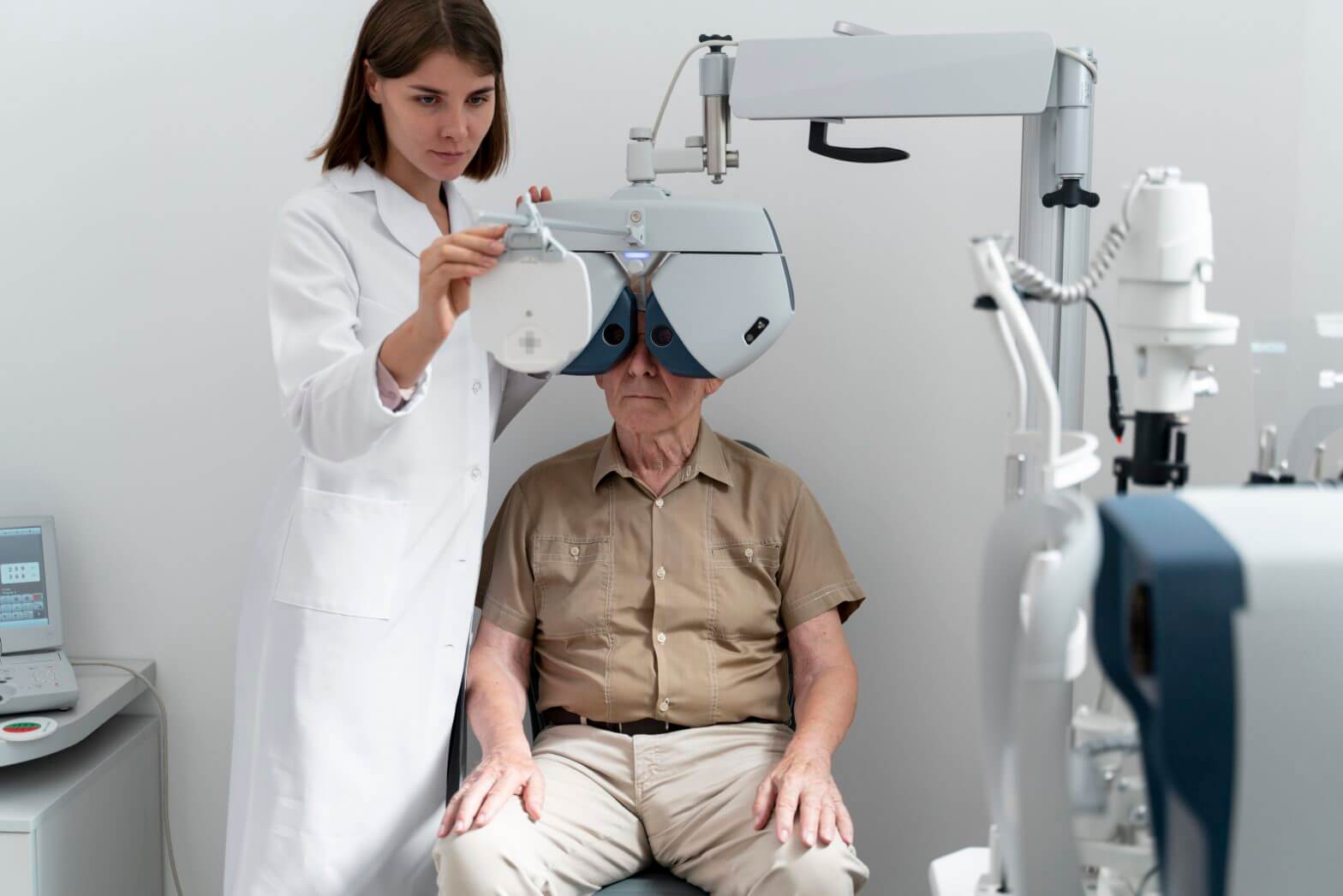Here is our in-depth exploration of glaucoma, a silent but significant condition that affects millions worldwide. Whether you’re concerned about early signs or managing the condition, this blog will guide you through understanding glaucoma’s impact on daily life and the best practices for care.
What is Glaucoma?
Glaucoma is a group of eye conditions that damage the optic nerve, essential for good vision. This damage is often caused by abnormally high pressure in your eye.
What are the Types of Glaucoma?
There are several types of glaucoma, with the two main categories being open-angle glaucoma, which progresses slowly, and angle-closure glaucoma, which can cause sudden symptoms.
How Long Can Glaucoma Go Untreated?
-
Progression
Without treatment, glaucoma can progress unnoticed until it significantly impairs vision. In severe cases, it can lead to blindness within a few years.
-
Risk
The longer glaucoma goes untreated, the greater the risk of irreversible damage to the optic nerve.
What are the Early Signs of Glaucoma
- Initially, glaucoma may cause no symptoms or mild symptoms such as slight eye pain or blurry vision.
- Peripheral Vision Loss: One of the first noticeable signs of glaucoma is often a loss of peripheral (side) vision.
What are the Best Practices for Glaucoma Care
-
Regular Eye Exams
The best way to monitor and manage glaucoma is through regular comprehensive eye exams.
-
Medication Adherence
Following your doctor’s recommendations for eye drops or other medications is crucial in controlling intraocular pressure.
Choosing the Right Glaucoma Eye Drops for Children
-
Pediatric Considerations
It’s essential to choose eye drops that are safe and effective for children, as some medications may have side effects.
-
Consultation Is Key
Always consult a pediatric ophthalmologist to determine the best treatment plan for your child.
Glaucoma’s Impact on Social Activities
-
Visual Limitations
Activities that require sharp vision or wide visual fields may become challenging, impacting one’s ability to participate in sports or drive.
-
Adaptations
Many individuals find that using assistive devices and making lifestyle adjustments can help maintain their social life and independence.
Connection Between Glaucoma and Frequent Headaches
-
Eye Strain
Increased eye pressure can lead to headaches, often described as a dull or throbbing pain around the eyes.
-
Diagnosis Importance
If you experience frequent headaches along with vision problems, it’s crucial to get checked for glaucoma.
Facts About Glaucoma
-
Not Just for the Elderly
While it is more common in older adults, glaucoma can affect people of all ages, even infants.
-
Global Issue
Glaucoma is the second leading cause of blindness globally.
-
Genetics Play a Role
Having a family history of glaucoma increases your risk of developing the condition.
Understanding glaucoma and its potential impact on daily life is the first step towards effective management. By staying informed about early signs, best care practices, and adapting to changes in vision, individuals with glaucoma can lead fulfilling lives. Remember, early detection through regular eye exams can make a significant difference in outcomes.
Remember to schedule regular eye exams and consult with your eye care specialist or visit Dr Agarwals eye hospital for tailored advice and treatment options. Here’s to a clear vision and a bright future! Reach out to 9594924026 | 080-48193411 to book your appointment.








